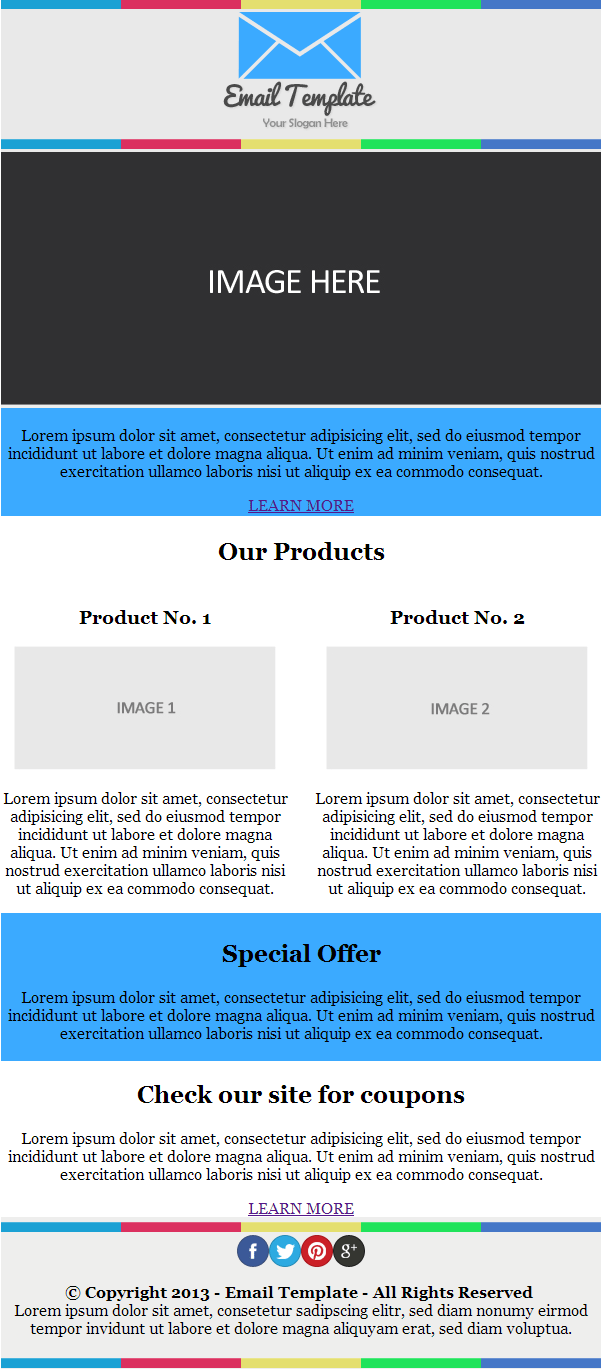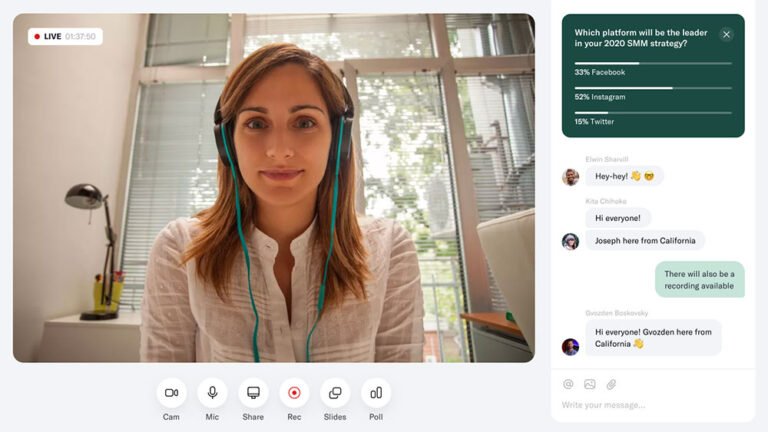
Finally, after spending tons of hours and putting in relentless efforts preparing for your presentation, you just delivered it and breathed a sigh of relief. But was your presentation genuinely successful?
Well, if you assume those occasional waves of laughter and smiles, nodding heads, and questions from the audience as signs of your presentation’s success, you have misinterpreted success. All these clues indicate an engaging presentation, not necessarily a successful one!
Most presenters consider an engaging presentation a successful one, but there are several other factors apart from the engagement that reveal whether you have come through with flying colors or not. So, instead of making assumptions, you must apply a thoughtful approach to know whether you hit the mark or missed it.
In this blog post, we have included some ways to help you measure the success of your presentation. Give it a read!
1. Notice the Behavior of the Audience
Table of Contents
What was the behavior of your audience when you were delivering your speech – were they looking infuriated, dozing off, checking the time again and again, tapping their feet, avoiding eye contact with you, whispering to one another, or looking down at their tablet or phone? All these signs imply that your presentation is in a danger zone.
Contrary to this, if they were listening to you carefully, making eye contact with you, participating in interactions, asking questions, and looking enthusiastic, all these signs point out that your audience enjoyed your session and found it insightful.
2. Observe the Quality of Questions
Most occasional and seasoned presenters break out in a cold sweat about being asked questions during or after their presentations. But questions are essential. So, don’t feel relieved when there is no question at the end of your presentation.
The quality of questions indicates how well your audience absorbed your information and how well they resonated with your overall presentation. On-topic and well-informed questions reveal that your slideshow has been an effective catalyst in transforming the thinking of viewers. Opposite to it, ill-informed and off-topic questions indicate that you failed to engage the audience and make them understand your message.
3. Conduct a Quick Survey
A quick and short survey just after the completion of your presentation will help you get better insights into your presentation’s success. You can include open-ended, yes-no, and multiple-choice questions in the survey, such as:
- How did you find the presentation – engaging, compelling, inspiring, or disappointing, confusing, boring?
- What’s your level of satisfaction with this presentation?
- Is there anything that you disliked about the session?
- What did you learn and take away from this session?
- Would you like to attend and participate in one of my upcoming presentations?
- Would you like to tell your colleagues and friends about this presentation?
Such a survey will give your audience a platform to share their valuable feedback and provide you with a big picture idea of how well your presentation met the audience’s expectations. Even if you fail to hit the big time with this presentation, the survey will guide you to prepare for the next gig.
4. Post-Presentation Interaction
How does your audience react as soon as you wrap up your presentation – do they rush to the door to get out or come up to you to thank you for the insights you shared?
If you have really made an impression through your talk, they would surely indulge in meaningful conversations with you. If you hear something like ‘You were the best speaker of the event,’ ‘Well done! Your presentation was good,’ or ‘Your story took me to my memorable old days,’ means you succeeded in connecting with the audience at a deeper emotional and personal level. Further, an increase in your blog subscribers, Twitter followers, and invitations to deliver a speech at other events are the mark of a successful presentation.
5. Are Your Objectives Met?
Every presentation has a specific mission and purpose, and you talk to your audience for a reason. You want them to take a particular action after completion of the presentation – be it to subscribe to your company’s e-newsletter, follow the company’s LinkedIn or Twitter page, drop an email to you for more information, download a PDF, or give you a call for scheduling a meeting for further discussion.
And if you succeed in changing the audience’s perceptions and encouraging them to take the action that you want them to do, you can conclude that your presentation was impactful.
6. The Impact of Your Message Beyond the Day of the Presentation
The audience forgets most presentations within a couple of hours. But if they remember your talk for a longer period, you have made a lasting impression on them.
For example, you are delivering a sales presentation with an aim to convert at least 30% of the audience into buyers of your brand’s car. Obviously, they are not going to buy it instantly as soon as your presentation is over. They will take a couple of days to think about it. And, if they remember your presentation during the process of decision-making and say, ‘YES! We are going to buy it from you,’ it means you have hit the jackpot.
The Bottom Line
Indeed, getting in front of a mass audience, delivering your talk, and convincing them that it is worthwhile takes guts. Even the most experienced speakers feel nervous when it comes to presenting in public. However, some novice speakers assume that not having butterflies in their stomachs and not having sweaty palms while giving the presentation is a huge success. If you also hold a similar notion, it’s high time to redefine your presentation success parameters. Remember, a successful presentation is one that connects with the audience at an emotional level, turns them into active participants, and encourages them to take the action that you want them to do.
Hope you find this blog post informative. Do you know other criteria to measure the success of a presentation? Do share with us!






